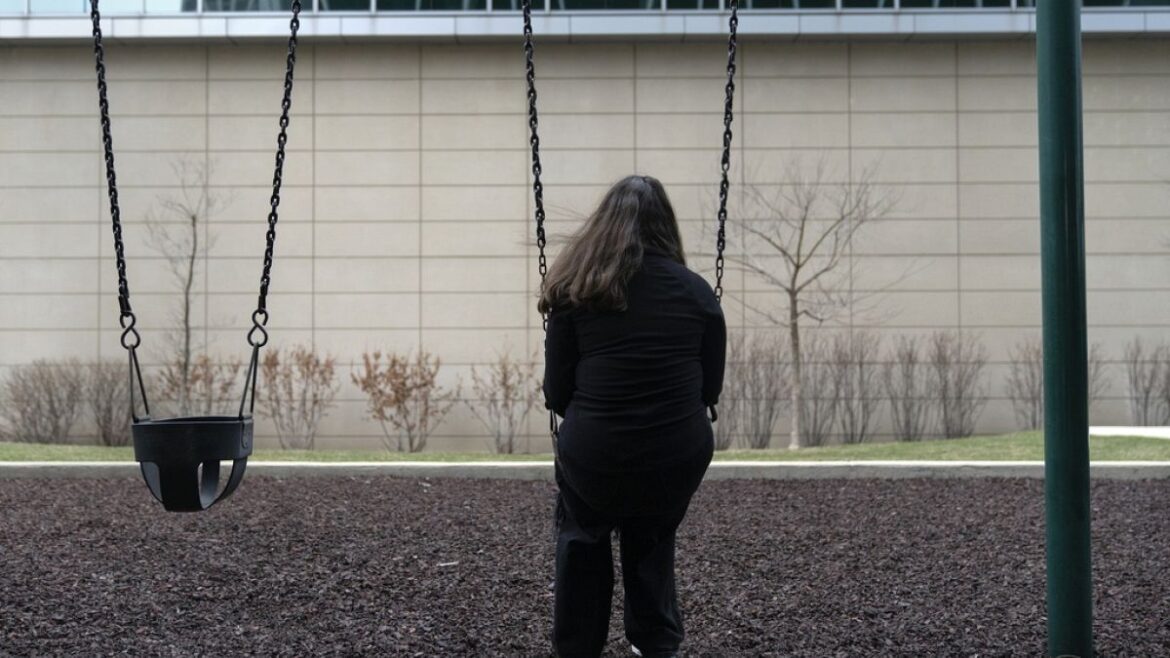A few weeks ago, by decision of Prime Minister Kyriakos Mitsotakis, a scientific committee, which is undertaking the preparation of a national strategy for the prevention and treatment of violence and juvenile delinquency, was set up.
The cases of harassment inside or outside of school that have recently come to light are worrying and sound the alarm. Perhaps even more alarming is some incidents that are never revealed because victims hide them.
Harassment issues have been a major concern among the teaching profession for more than three decades, but recent years have seen changes qualitative And quantitative.
A few weeks ago, by decision of Prime Minister Kyriakos Mitsotakis, a scientific committee was created to develop a national strategy for the prevention and treatment of violence and delinquency among minors.
The director of the Commission, Vassiliki Artinopoulou, confirms that there are changes.
“There is a quantitative increase in crimes committed by minors and a qualitative differentiation, that is to say there are more violent crimes. But this increase is mainly observed between 2022 and 2023, is obviously influenced by the pandemic, but if we want to analyze the root causes and reasons for this increase, we have to go back a little further, mainly to the crisis, which for Greece was not only an economic crisis but also a social and values crisis“, explains Vasiliki Artinopoulou, professor of criminology at Panteion University in Athens. She adds that “in the 12-14 year old category we see an increase and we see it in other phenomena, for example in drug use“.
According to police data, 1353 minors were arrested in September and 1,201 files were filed for cases of delinquency.
In a survey conducted by Smile of the Child in 2022-20231 in 3 children, i.e. 32.4%, nationwide report experiencing bullying at school, while 1 in 6 children in Greece report feeling like their school doesn’t teach them not to bully their classmates.
Antonia Torrens is an educational psychologist, executive director of the Center for Social Action and Innovation, and creator and director of Live Without Bullying.
She explains how one child is targeted and how another child ends up being bullied, whether inside or outside of school.
“It is a myth that children who are different are targeted. In reality, anyone can be targeted, at any time. It’s called being in the wrong place at the wrong time. This can easily happen because we can all, at some point, have a rough day and be a little more emotionally vulnerable. So, if for some reason a group or group of children find themselves wanting to bully or vent their negative energy, that person who seems normal in all areas may become the target and begin to engage in behaviors which will turn into intimidation“, she explains.
It is also necessary for everyone to understand where the red line is, where the fun stops and the bullying begins.
Last March, former Minister of Education, Niki Kerameos, said during a debate in Parliament on the anti-bullying bill that according to the data presented during the drafting of the bill, only a small percentage of bullying victims are adults. An estimated 97% of children are afraid to report incidents to teachers.
And there lies the great challenge according to experts.



